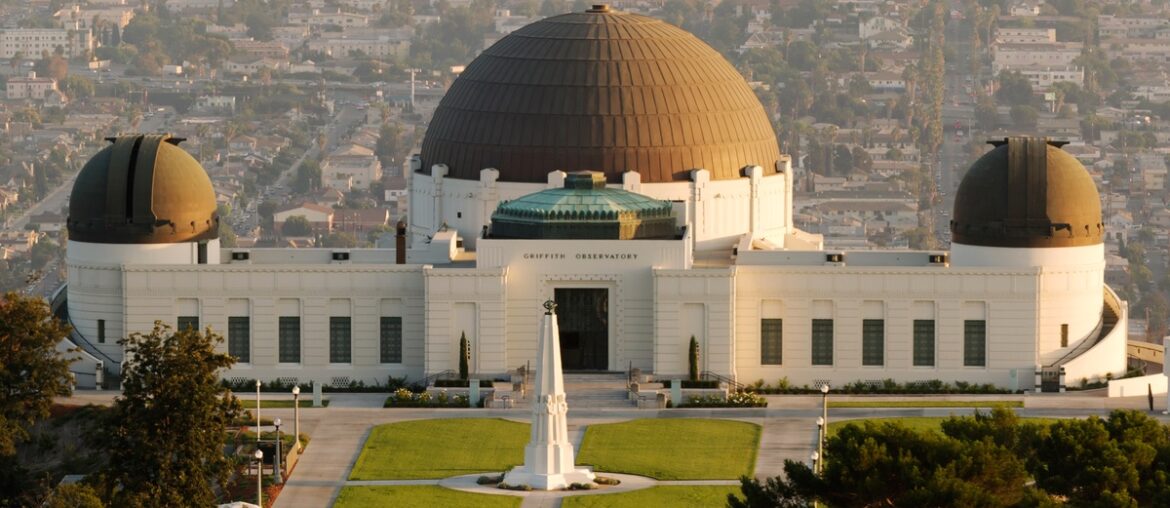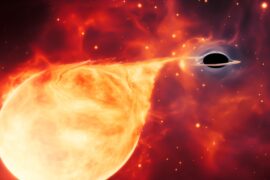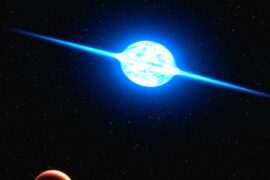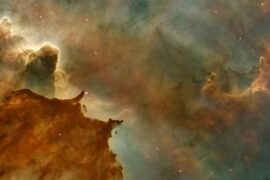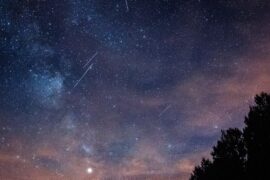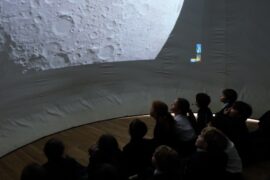California’s skies host a wide mix of public star parties, university domes, and high-altitude research sites — from coastal hills to desert mountains and snowbound peaks. Whether you like binocular views from a community observatory or technical papers from a research facility, California offers a lot to explore.
There are 30 Observatories in California, ranging from Anza Observatory to White Mountain Research Center. For each entry you’ll find below the columns City,Operator,Access summarizing location, who runs it, and whether it’s open to the public, by appointment, or restricted — use those notes to plan visits and check operator sites for current schedules; you’ll find below.
Which of these observatories can I visit in person?
Access varies: many community and university sites offer public nights or seasonal open houses, while government and specialized research facilities are often restricted. Check the Access column and the listed operator’s website before traveling; some require reservations, fees, or adherence to site rules and weather-dependent closures.
How do I tell which sites are research-focused versus outreach-oriented?
Look at the Operator and Access columns: university labs, research centers, and dedicated observatory consortia typically indicate research activity and limited access, whereas city clubs, nonprofit associations, and public planetaria tend to run outreach programs and regular visitor opportunities.
Observatories in California
| Name | City | Operator | Access |
|---|---|---|---|
| Palomar Observatory | Palomar Mountain | California Institute of Technology (Caltech) | Public tours, visitor center |
| Lick Observatory | Mount Hamilton | University of California Observatories | Public tours, summer visitor programs |
| Mount Wilson Observatory | Mount Wilson | Mount Wilson Institute | Public tours, ticketed observing nights |
| Griffith Observatory | Los Angeles | City of Los Angeles | Public, free telescope viewing nightly |
| Chabot Space & Science Center | Oakland | Chabot Space & Science Center Foundation | Public telescope viewing on Friday & Saturday nights |
| Owens Valley Radio Observatory | Big Pine | California Institute of Technology (Caltech) | Self-guided tours, occasional open houses |
| Hat Creek Radio Observatory | Hat Creek | SETI Institute | Self-guided tours, visitor center |
| Mount Laguna Observatory | Mount Laguna | San Diego State University | Annual open house (“Star Party”) |
| Big Bear Solar Observatory | Big Bear Lake | New Jersey Institute of Technology | Research-only (viewable from lake) |
| Fremont Peak Observatory | San Juan Bautista | Fremont Peak Observatory Association (amateur) | Public programs on Saturday nights (seasonal) |
| Sky’s The Limit Observatory | Twentynine Palms | Sky’s The Limit, Inc. (non-profit) | Public viewing on Saturday nights |
| Foothill College Observatory | Los Altos Hills | Foothill College & Peninsula Astronomical Society | Public viewing on Friday nights & Saturday mornings |
| Brackett Observatory | Claremont | Pomona College | Public viewing nights (academic year) |
| UCLA Planetarium & Observatory | Los Angeles | University of California, Los Angeles (UCLA) | Public viewing after planetarium shows |
| CSUN Observatory | Northridge | California State University, Northridge | Public viewing after planetarium shows |
| Lewis Center Observatory | Apple Valley | Lewis Center for Educational Research | Educational programs, occasional public nights |
| GMARS | Landers | Riverside Astronomical Society (amateur) | Members-only, occasional public outreach |
| Anza Observatory | Anza | Orange County Astronomers (amateur) | Members-only, occasional public outreach events |
| Leuschner Observatory | Lafayette | University of California, Berkeley | Research-only |
| White Mountain Research Center | Bishop | University of California | Research-only |
| UC Riverside Observatory | Riverside | University of California, Riverside | Public tour and viewing nights |
| Stony Ridge Observatory | Mount Wilson | Stony Ridge Observatory, Inc. (non-profit) | Private, members-only |
| Santa Monica College Observatory | Santa Monica | Santa Monica College | Public viewing nights |
| College of San Mateo Observatory | San Mateo | College of San Mateo | Public viewing nights (check schedule) |
| Harvey Mudd College Observatory | Claremont | Harvey Mudd College | Public viewing nights (academic year) |
| Rosicrucian Observatory | San Jose | Rosicrucian Order, AMORC | Public viewing nights (check schedule) |
| Tapo Canyon Observatory | Simi Valley | Ventura County Astronomical Society (amateur) | Members-only, occasional public events |
| College of the Desert Observatory | Palm Desert | College of the Desert | Public viewing nights |
| Stone Edge Observatory | Sonoma | Stone Edge Observatory Foundation | Private research |
| Pepperdine University Observatory | Malibu | Pepperdine University | Educational programs, public viewing nights |
Images and Descriptions
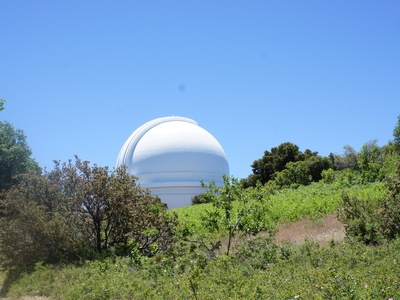
Palomar Observatory
Home to the famous 200-inch Hale Telescope, this historic research facility has been instrumental in our understanding of the universe. Visitors can explore the grounds and see the iconic dome.
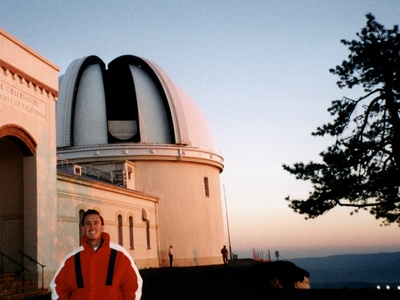
Lick Observatory
Perched atop Mount Hamilton near San Jose, this is the world’s first permanently occupied mountaintop observatory. It houses several historic telescopes, including the 36-inch Great Lick Refractor from 1888.
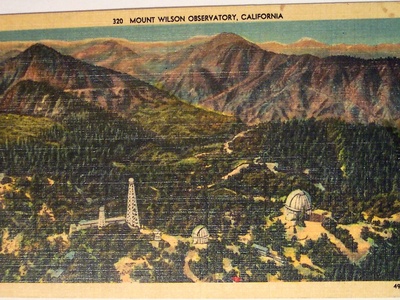
Mount Wilson Observatory
This is where Edwin Hubble discovered the expansion of the universe. Located above Pasadena, you can tour the grounds and even book time to look through its historic 100-inch Hooker telescope.
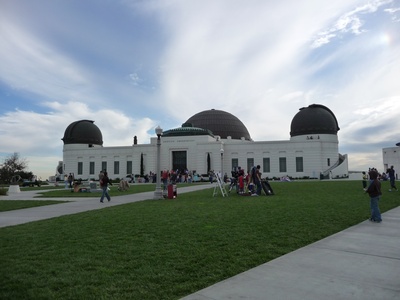
Griffith Observatory
An iconic L.A. landmark offering stunning city views and free public access to its 12-inch Zeiss refracting telescope every clear night. A world-class destination for astronomy exhibits and planetarium shows.
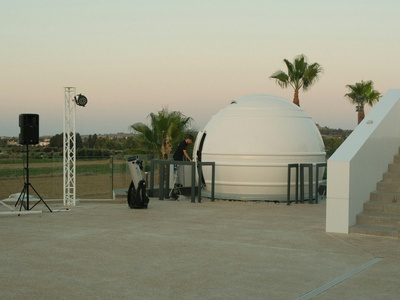
Chabot Space & Science Center
Nestled in the Oakland hills, this science center features three large, historic telescopes open for free public viewing on weekend nights. It’s a fantastic place to connect with the cosmos firsthand.
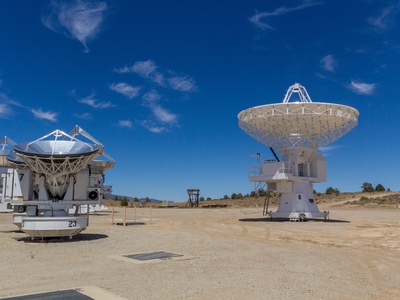
Owens Valley Radio Observatory
A pioneering radio astronomy facility near Bishop featuring an array of massive satellite dishes. The public can take self-guided walking tours to see the impressive instruments up close.
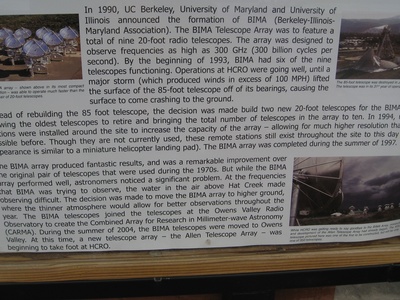
Hat Creek Radio Observatory
Home of the Allen Telescope Array, this facility in Northern California is used by the SETI Institute to search for extraterrestrial intelligence. A visitor center and walking tour let you explore its mission.
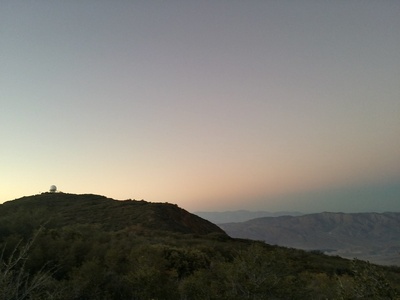
Mount Laguna Observatory
A research and teaching observatory operated by SDSU in the Cleveland National Forest. While primarily for university use, it hosts a popular public open house and star party each summer.
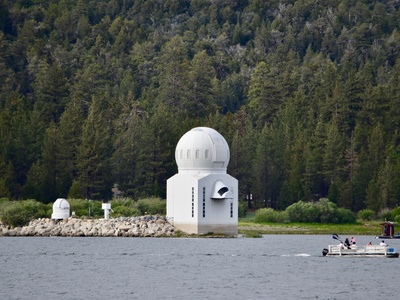
Big Bear Solar Observatory
Situated on a causeway in Big Bear Lake, this observatory houses the world’s most powerful solar telescope. Its unique location provides exceptionally clear, stable views of the Sun for cutting-edge research.
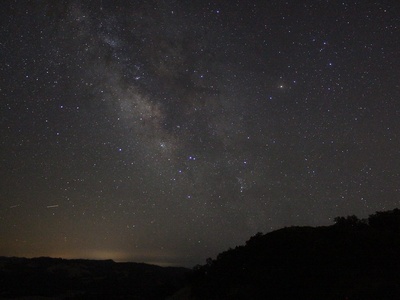
Fremont Peak Observatory
An amateur-run observatory in Fremont Peak State Park with a 30-inch telescope, one of the largest public telescopes in the country. It offers excellent programs on many Saturday nights.

Sky’s The Limit Observatory
Located just outside Joshua Tree National Park, this community observatory offers free stargazing programs under pristine desert skies. An ideal spot for park visitors to enjoy the night sky.
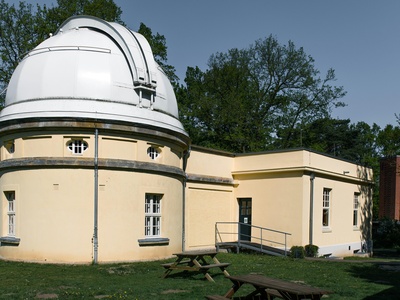
Foothill College Observatory
A fantastic community resource offering free public stargazing on Friday nights and solar viewing on Saturday mornings. It features a 16-inch computer-controlled telescope and a hydrogen-alpha solar telescope.

Brackett Observatory
Located on the Pomona College campus, this observatory opens its historic 6-inch refractor and modern 14-inch reflector to the public on specific evenings, offering a great university-led stargazing experience.
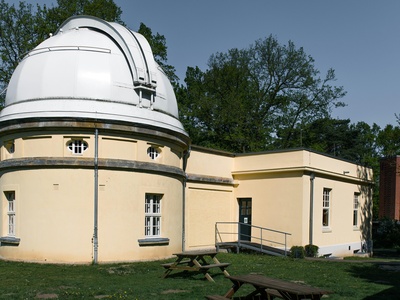
UCLA Planetarium & Observatory
Situated atop the Mathematical Sciences Building at UCLA, this facility offers public planetarium shows followed by free telescope viewing from its observation deck. A great spot for astronomy in the city.
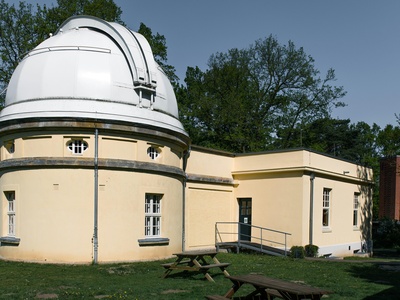
CSUN Observatory
After its public planetarium shows, Cal State Northridge opens its rooftop observatories, which feature multiple telescopes for public viewing. It’s a key science outreach resource for the San Fernando Valley.
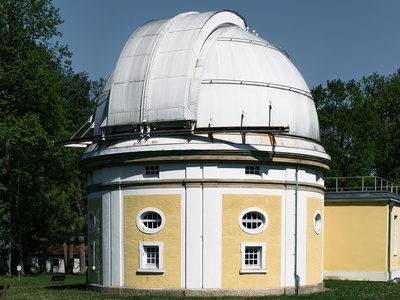
Lewis Center Observatory
This Mojave Desert facility engages students worldwide in radio astronomy with its 34-meter Goldstone Apple Valley Radio Telescope (GAVRT). It also houses optical telescopes for student and community use.
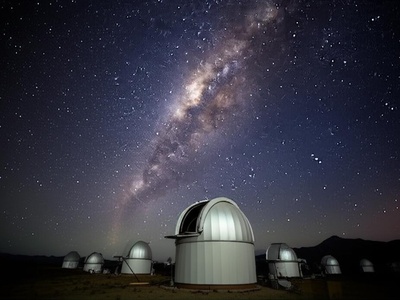
GMARS
The Goat Mountain Astronomical Research Station (GMARS) is a dark-sky observing site for members of the Riverside Astronomical Society. Located in the high desert, it provides excellent conditions for amateur astronomers.
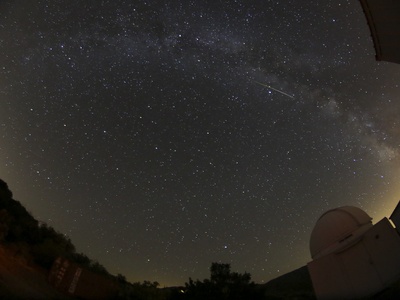
Anza Observatory
A dark-sky observing site run by the Orange County Astronomers club for its members. The site features multiple observatory buildings and pads for members to set up their own telescopes under clear skies.
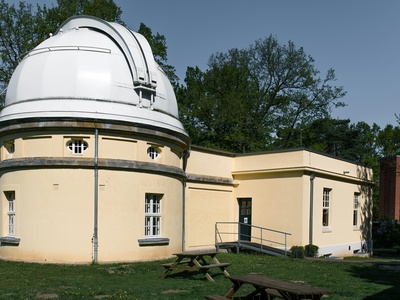
Leuschner Observatory
A research and teaching facility for UC Berkeley’s astronomy department, located in the hills east of campus. It’s used for undergraduate instruction and automated supernova searches, but is not open to the public.
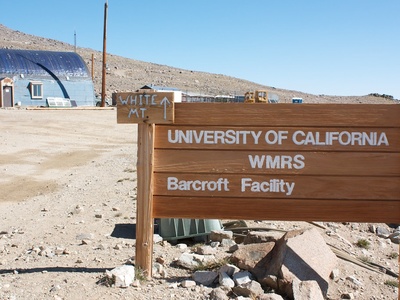
White Mountain Research Center
A high-altitude research station hosting specialized projects like cosmic microwave background telescopes. The extreme altitude, up to 14,000 feet, offers unparalleled atmospheric clarity for specific astronomical research.
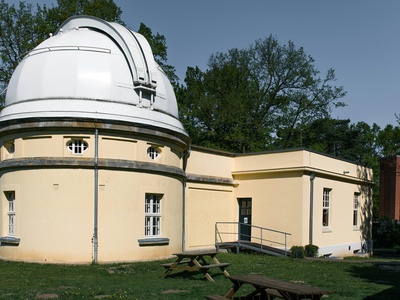
UC Riverside Observatory
Operated by the UCR Physics and Astronomy department, this campus observatory hosts “Star Parties” for the public several times a year, allowing visitors to look through its 16-inch telescope.
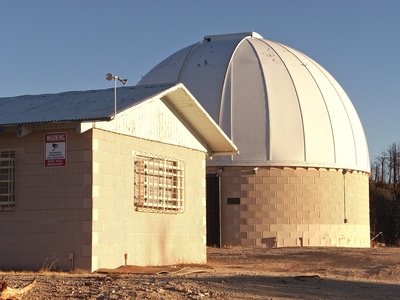
Stony Ridge Observatory
A privately-owned amateur research observatory in the Angeles National Forest, near the larger Mount Wilson Observatory. It supports amateur astronomy projects and has contributed to asteroid discovery.
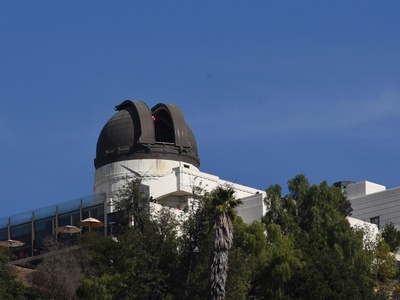
Santa Monica College Observatory
SMC offers free planetarium shows and rooftop observatory viewing to the public. It’s a popular and accessible way for Westside Los Angeles residents to explore the stars and learn about astronomy.

College of San Mateo Observatory
Located on the college campus, this facility features a 16-inch telescope under a retractable roof and hosts free public stargazing events. It serves as an astronomical resource for students and the community.
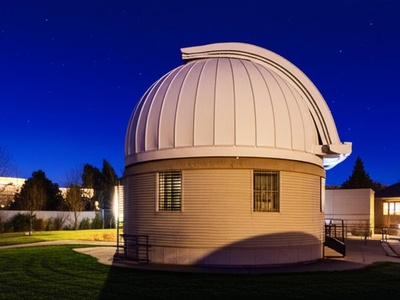
Harvey Mudd College Observatory
This student-run observatory at Harvey Mudd College opens its 16-inch telescope to the public on clear Wednesday evenings during the school year, providing a friendly and educational stargazing opportunity.
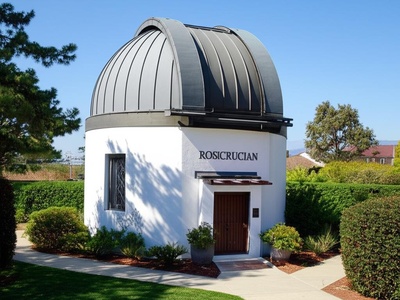
Rosicrucian Observatory
Located in the Rosicrucian Park, this charming observatory houses a vintage 6-inch refracting telescope in a classic dome. It offers a unique, historical public viewing experience in San Jose.
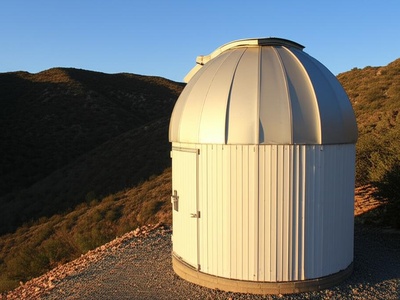
Tapo Canyon Observatory
The primary observing site for the Ventura County Astronomical Society, located in a quiet canyon. This facility provides a dedicated space for club members to pursue their passion for amateur astronomy.
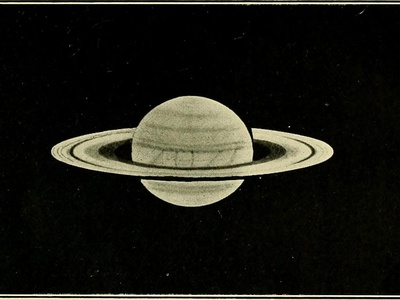
College of the Desert Observatory
Part of the college’s science department, this observatory hosts public viewing nights for the Coachella Valley community. It’s a great local resource for hands-on astronomy and education.
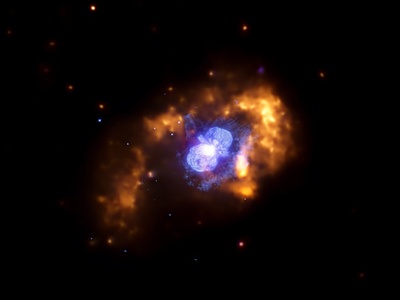
Stone Edge Observatory
A private, state-of-the-art robotic observatory in Sonoma that conducts automated astronomical research, including supernova and asteroid detection. It is a sophisticated private facility not open to the general public.
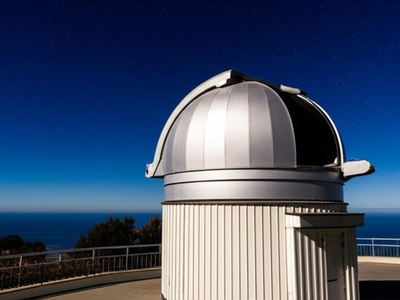
Pepperdine University Observatory
Located on the Malibu campus, this observatory is used for undergraduate astronomy courses and hosts public open nights, offering the community spectacular views of the sky over the Pacific Ocean.
Enjoyed this article?
Get daily 10-minute PDFs about astronomy to read before bed!
Sign up for our upcoming micro-learning service where you will learn something new about space and beyond every day while winding down.

